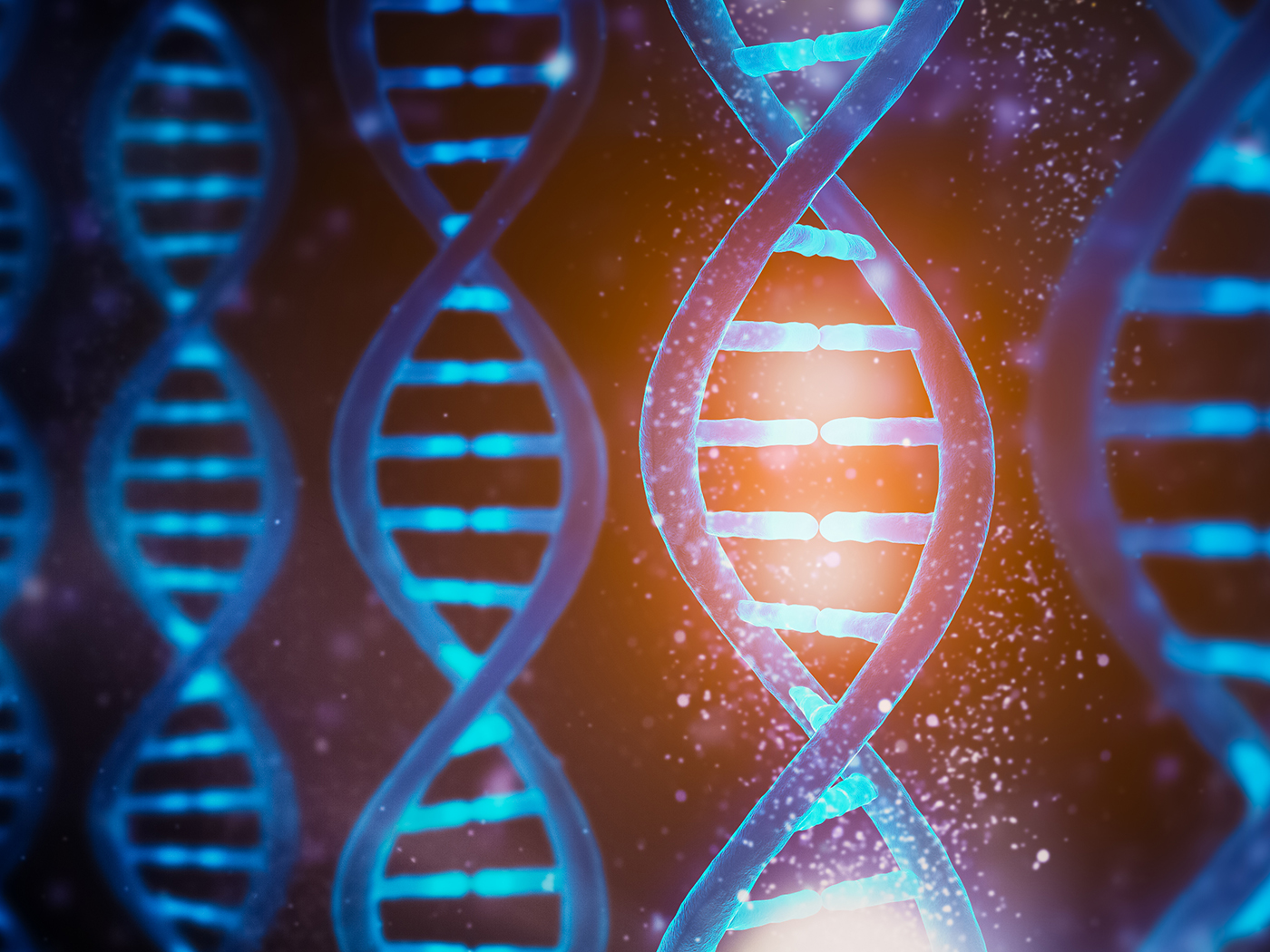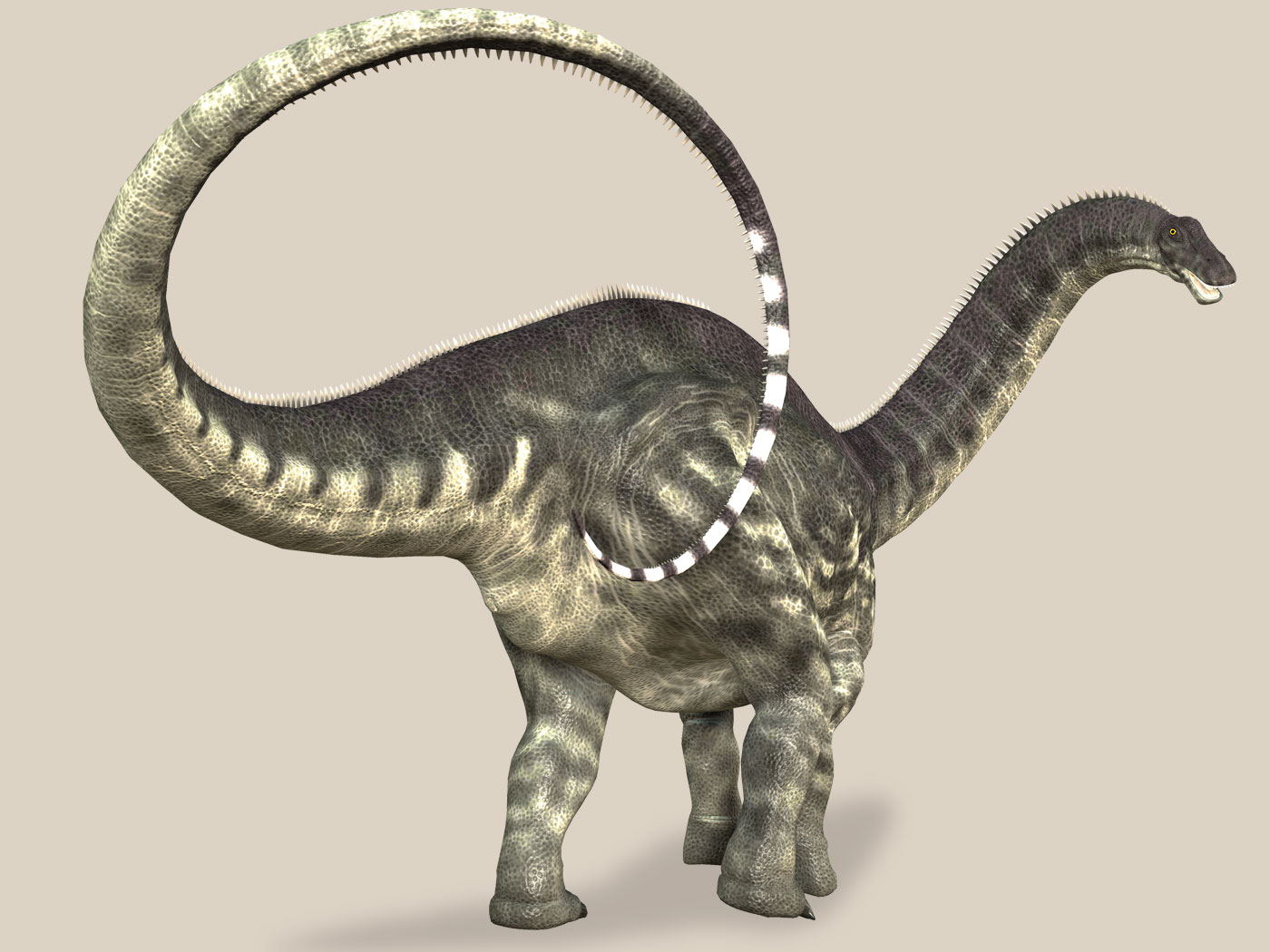With the advent of modern biotechnology, researchers have been able to determine the actual sequence of the roughly three billion bases of DNA (A,T,C,G) that make up the human genome. They have sequenced the genomes of many other types of creatures as well. Scientists have tried to use this new DNA data to find similarities in the DNA sequences of creatures that are supposedly related through evolutionary descent, but do genetic similarities provide evidence for evolution?
DNA Supports Distinct Kinds
In the June 2009 Acts & Facts, an article was published by the author that showed how this approach has been used in an attempt to demonstrate an evolutionary relationship between humans and chimpanzees.1 The article showed that scientists incorporate a large amount of bias in their analyses in order to manipulate the data to support evolution, when in fact the DNA data support the obvious and distinctive categorization of life that is commonly observed in the fossil record and in existing life forms.
In reality, there is a clear demarcation between each created kind (humans, chimps, mice, chickens, dogs, etc.), and there is no blending together or observed transition from one kind of animal to another. All created kinds exhibit a certain amount of genetic variability within their grouping while still maintaining specific genetic boundaries. In other words, one kind does not change into another, either in the fossil record or in observations of living organisms.
Similar DNA Sequences
While the genome of each created kind is unique, many animal kinds share some specific types of genes that are generally similar in DNA sequence. When comparing DNA sequences between animal taxa, evolutionary scientists often hand-select the genes that are commonly shared and more similar (conserved), while giving less attention to categories of DNA sequence that are dissimilar. One result of this approach is that comparing the more conserved sequences allows the scientists to include more animal taxa in their analysis, giving a broader data set so they can propose a larger evolutionary tree.
Although these types of genes can be easily aligned and compared, the overall approach is biased towards evolution. It also avoids the majority of genes and sequences that would give a better understanding of DNA similarity concepts.
Tumor Suppressor Genes
As an example, there is a group of genes that not only have been used in evolutionary studies, but also have a significant impact on human health: the tumor suppressor genes. Aberrations within tumor suppressor genes can lead to cancer, thus it is important that their sequences remain unaltered. These genes tend to be very similar across many types of animals, making them ideal for comparative purposes. The close similarities of these genes between many animal taxa have led to their use by scientists in an attempt to prove evolution or common descent.2 What is really going on with these types of similar genes and how can they be interpreted within a special creation model as opposed to a naturalistic framework?
In very general terms, tumor suppressor genes are key genomic features (blocks of genetic code) that help regulate the growth and division of animal cells. When these genes are functioning properly, they code for proteins that can prevent or inhibit the out-of-control cell proliferation that forms the basis for the growth of tumors. When tumor suppressor genes are inactivated due to a DNA mutation, cell growth and division are no longer kept in check, resulting in cancer.
There are three main types of tumor suppressor genes. One type signals cells to slow down and stop dividing. Another type of tumor suppressor gene produces a protein that is responsible for checking and fixing damage in DNA that can happen when cells divide and proliferate. A third is responsible for telling cells when to die in a process called apoptosis. Cell growth, proliferation, and controlled cell death are essential to the development and maintenance of all animal systems.
For example, human hands develop from an initial fan-shaped structure, where apoptosis (programmed cell death) removes cells between fingers, and cell growth and division build up the fingers. How these genes are regulated will vary with the organism. However, because the basic aspects of the cell cycle are generally similar in many animals, one would actually expect a high level of DNA sequence conservation (similarity) between the coding parts of the genes as well as the proteins they produce.
The Ultimate Genetic Programmer
Generally, the more common a cellular process is between organisms, the more similar its various components will be. Does this indicate random chance evolutionary processes, or could it be an example of the Creator’s wise and efficient use and re-use of genetic code in different creatures to accomplish a common and basic cellular function?
Consider the computer world. Ask seasoned computer programmers how often they completely re-write long, complicated blocks of code when they already have what they need somewhere on file. When a long piece of previously-written code is needed and available, programmers will tailor it to fit in its new context, but they will usually not completely re-write it.
Of course, God is the ultimate programmer, and the genetic code He developed will produce the best possible protein needed for the system in which it works. If another organism has a similar physiology, one can expect many of the same genes to be present in its genome. There are a finite number of ways to accomplish the same task in cells. Thus, the genes that are used to accomplish that task will usually be quite similar, with minor key variations. These slight differences exist because the Creator has optimized the genes for that particular kind of creature and its biochemistry.
What the data really show is that high levels of efficiency and utility in genetic information seem to be a recurring theme in the study of genomes. In fact, with the limited number of genes in the human genome (about 25,000), over one million different protein variants are derived.3 Although not the topic of this article, a single animal gene can code for a wide variety of different proteins through a variety of complicated regulatory mechanisms. When scientists discovered this phenomenon, it totally negated the one-gene/one-protein mentality that originally existed when DNA sequence first began to be studied. That is pretty efficient code usage, which has never been equaled by even the most complex computer programs devised by man.
Genetic Regulatory Elements
While evolutionists have focused on genes that code for proteins, work is just beginning on an equally essential and complicated class of DNA sequence called regulatory elements. These are DNA sequences that do not code for protein but are involved in the regulation of genes. While efficient code usage and re-usage is common among many genomes, what is important is not just the protein the gene generates, but how much, how often, how fast, and when and where in the body it is produced. This is where the gene regulatory process begins to get really complicated. These regulatory differences play a key role in defining what makes a certain kind of organism unique.
After the human genome sequence was obtained to a completion level satisfactory to the scientific community, a separate but heavily-funded and related effort was initiated called the ENCODE (ENCyclopedia of DNA Elements) project.4 This involves ongoing research to determine the identity and characteristics of the regulatory elements in the human genome. At present, ENCODE has barely scratched the surface, but the results have revolutionized the concept of genetics by showing whole new levels of complexity and efficiency of code and gene activation.
Conclusion
The genetic picture that is beginning to emerge is one of incredible networked and regulatory complexity combined with an extremely high level of efficiency in code usage--certainly nothing that could have evolved on its own through chance random evolutionary processes. As is easily seen, trying to use common genes related to common processes as proof of evolution quickly falls apart in light of the bigger genomic picture. In fact, it really speaks of smart coding by the ultimate bio-systems programmer--God Himself.
References
- Tomkins, J. 2009. Human-Chimp Similarities: Common Ancestry or Flawed Research? Acts & Facts. 38 (6): 12-13.
- Jensen, L. J. et al. 2006. Co-evolution of transcriptional and post-translational cell-cycle regulation. Nature. 443 (7111): 594-597.
- HPI: The UniProtKB/Swiss-Prot Human Proteome Initiative. Posted on expasy.ch July 2007, hosted by the Swiss Institute of Bioinformatics.
- The ENCODE Project: ENCyclopedia of DNA Elements. Posted on the National Human Genome Research Institute website at genome.gov.
* Dr. Tomkins is Research Associate at the Institute for Creation Research.
Cite this article: Tomkins, J. 2009. Common DNA Sequences: Evidence of Evolution or Efficient Design? Acts & Facts. 38 (8): 12-13.
























